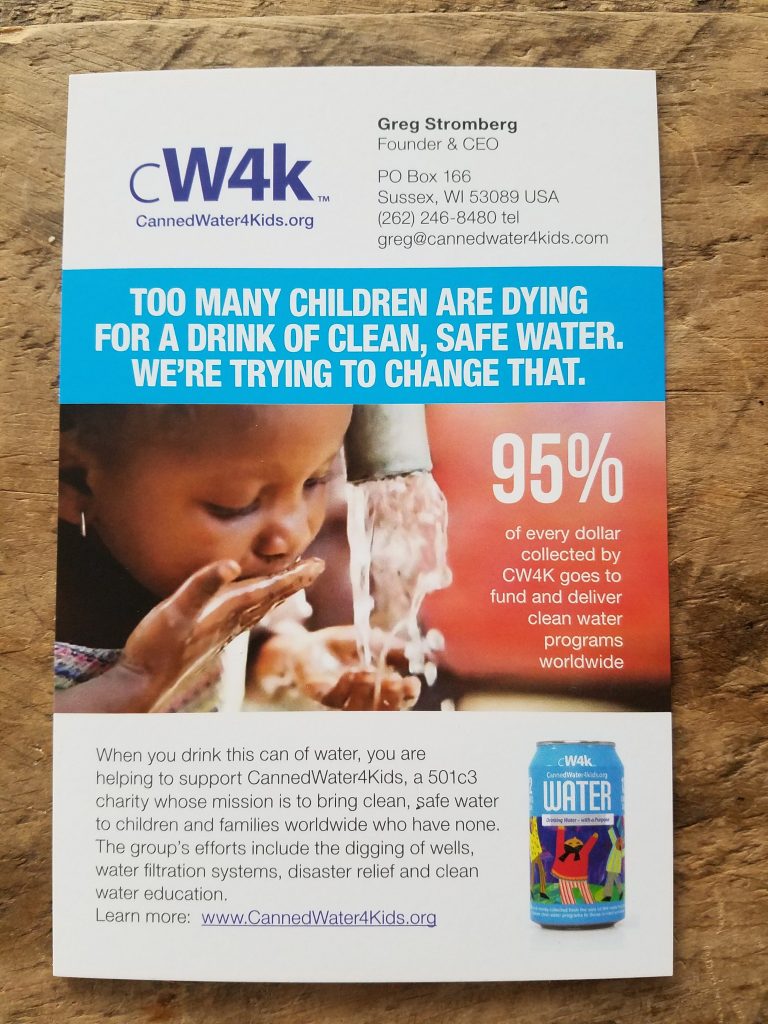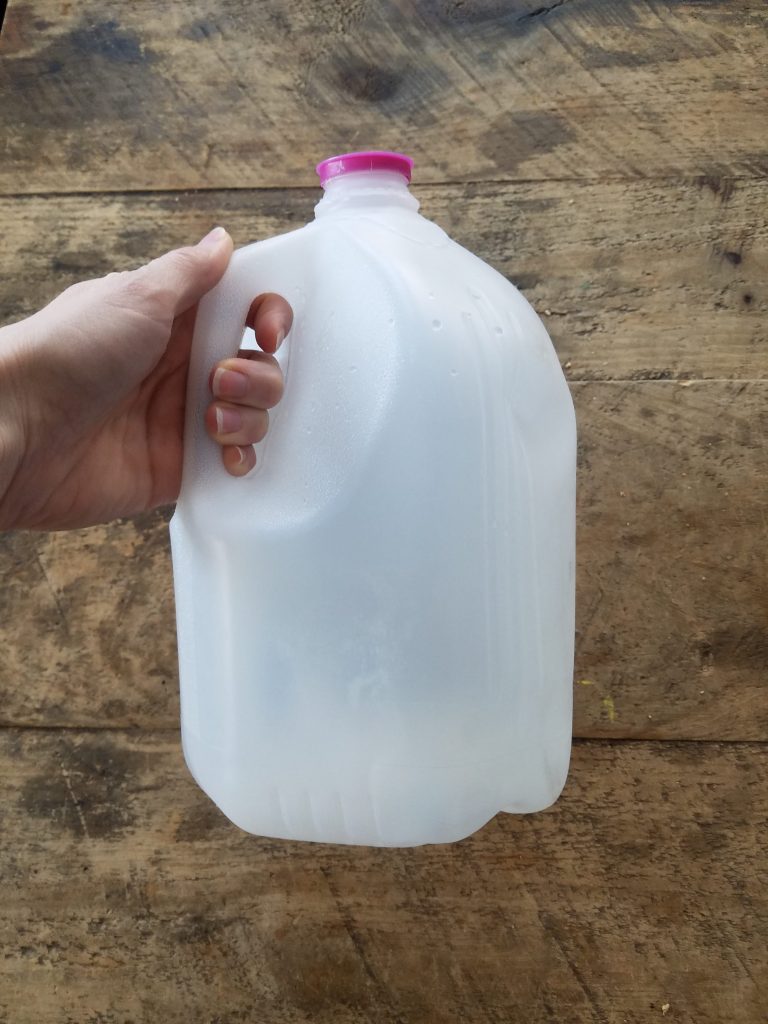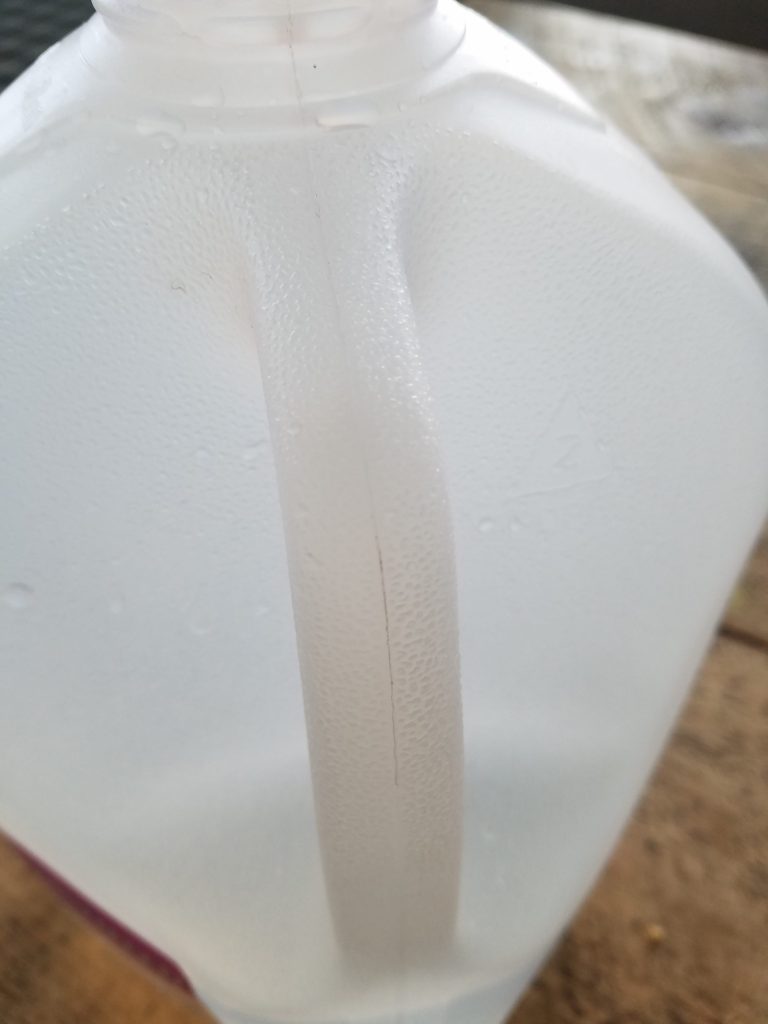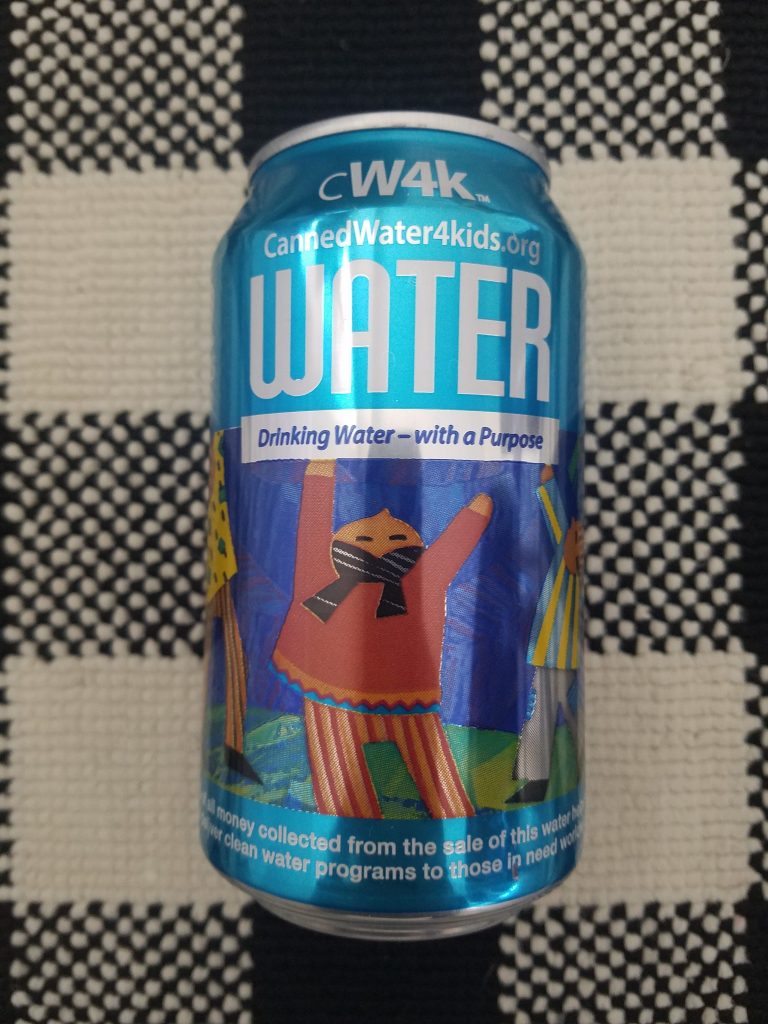What’s the Best Water for an Emergency Kit?
I just spent $81 to get 48 cans of water to my house.
I know that sounds nutty, but before you group me in with the wackadoodle Raw water folks, let me introduce you to Canned Water for Kids (cW4k) and then I’ll share with you why you might want to consider adding canned water to your emergency preparedness kit.

Even if you don’t live in California, you need to have emergency supplies in your home and office.
Raw water around the world causes waterborne diseases that kill a horrific number of children every year. cW4k’s is a 501c3 non-profit with a mission to bring clean safe water to children around the globe. 95% of the money cW4k collects goes to fund and deliver clean water around the world. Think of it as the TOM’s of bottled water. Except instead of selling shoes that won’t impress a Parisian, they sell canned water to help bring clean water to children around the globe.
Almost 1/5th of the world’s population lacks access to safe drinking water1.
Buying water relates to organizing emergency supplies, because of the problems people have with their emergency water. Most folks have a set it and forget approach when they organize emergency supplies. They also go the economical route with water for their emergency kits. This means cheap gallon or larger sized plastic jugs. The ones that look like this:

Most basic plastic jugs have a shelf life of 6-12 months.
It’s water, it doesn’t go bad, right? Wrong.
It’s not uncommon when decluttering a closet with a client for their jugs of water to be empty! Where did the water go? Sometimes, it leaks out slowly enough that it just evaporated. The rest of the time, it went all over their clothes, shoes, and papers. It created a mold and mildew problem on the wall, floor, and ceiling below.
8 bucks of plastic water jugs probably created $2k+ in damage to the home and property.
This is unfortunately, the kind of damage that has gone unnoticed until my clients brought me in to help work on their custom closet. I don’t have any pictures for you, but I’m sure you can imagine what a slightly soggy heap of mildewed papers and clothes looks and smells like. It’s not ideal.
This failure happens because plastic jugs have seam like elements.


Over time, especially with added pressure (like another jug or 2 of water), plastic jugs will weaken and spring a leak. Which is why I want to introduce you to cW4k’s canned water.

cW4k uses aluminum cans. A case of them is much better suited for storing and stacking than a basic jug. When a can is filled, it’s designed to withstand 90 PSI of pressure. This is good. You can stand on your cans, or just stack them to save space. Cans are better suited for “set it and forget about it” style folks when organizing emergency supplies, and are space efficient.
Actually, the design and manufacturing of cans is super interesting. If you liked watching Mr. Roger’s when he went on manufacturing tours, definitely check out the video below from Engineer Guy. All the fun and interesting facts about the lowly can do not disappoint. (I recommend pairing the video with folding your laundry, they take about the same amount of time)
Moral of the story:
- Have emergency water on site. You need at least 3 gallons per person or pet in your emergency supplies
- Consider buying cW4k cans of water so you don’t have leak issues later.
- When you see the cW4k blue can in a bodega or convenient store, you’ll know why it’s a little pricier, and you can feel good buying it.
- If you have basic plastic water jugs, replace them very frequently or you might not have water when an emergency arises.
- If you haven’t visited your emergency stash of water, I hope you don’t have a mildew heap to take care of.
I’ll write more on organizing emergency supplies later in the year. For more info on prepping-for-terrible-things-none-of-us-want-to-think-about
visit:
1 http://www.unesco.org/water/wwap/wwdr/wwdr2/
